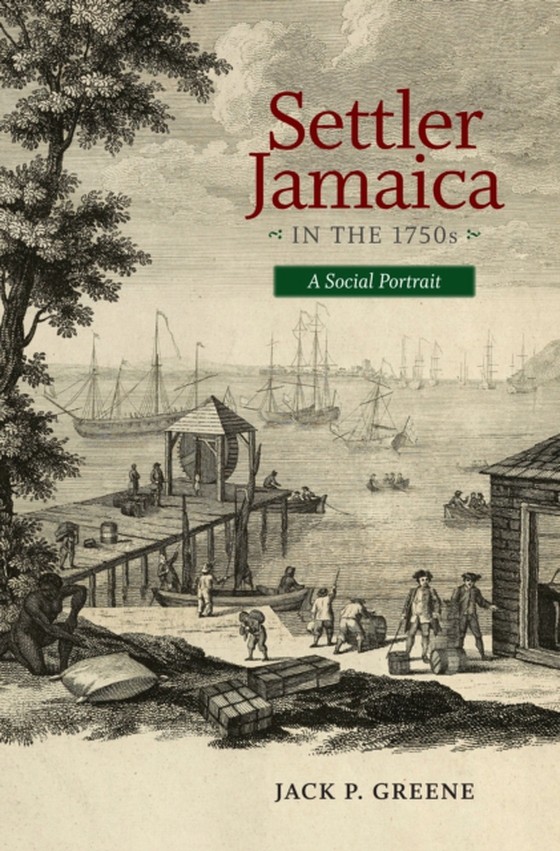
Settler Jamaica in the 1750s e-bog
403,24 DKK
(ekskl. moms 322,59 DKK)
By the mid-eighteenth century, observers of the emerging overseas British Empire thought that Jamaica-in addition to being the largest British colony in the West Indies-was the most valuable of the American colonies. Based on a unique set of historical lists and maps, along with a variety of other contemporary materials, Jack Greene's study provides unparalleled detail about the character of Ja...
E-bog
403,24 DKK
Forlag
University of Virginia Press
Udgivet
22 august 2016
Længde
304 sider
Genrer
1KJWJ
Sprog
English
Format
pdf
Beskyttelse
LCP
ISBN
9780813938325
By the mid-eighteenth century, observers of the emerging overseas British Empire thought that Jamaica-in addition to being the largest British colony in the West Indies-was the most valuable of the American colonies. Based on a unique set of historical lists and maps, along with a variety of other contemporary materials, Jack Greene's study provides unparalleled detail about the character of Jamaica's settler society during the decade of the 1750s, as the first century of British settlement drew to a close. Greene's sources facilitate a close examination of many aspects of the island's development at a particularly critical point in its history. Analysis of the data generated from this material permits a fine-grained account of patterns of landholding, economic activity, land use, social organization, and wealth distribution among Jamaica's free population during a period of sustained demographic, economic, social, and cultural expansion. Calling attention to local variations, the study puts special emphasis on the complexity and vitality of Jamaica's settler population, the island's economic and social diversity, the ubiquity and adaptability of slavery, the character and size of settler households, the range of urban professions, the value of urban housing, and the gender and racial dimensions of wealth holding. Greene's detailed analyses amplify and enrich these subjects, offering the most refined portrait to date of Jamaican society at a crucial juncture in its formation and providing scholars a quantitative base for analyzing Jamaica's political economy in the second half of the eighteenth century.
 Dansk
Dansk

